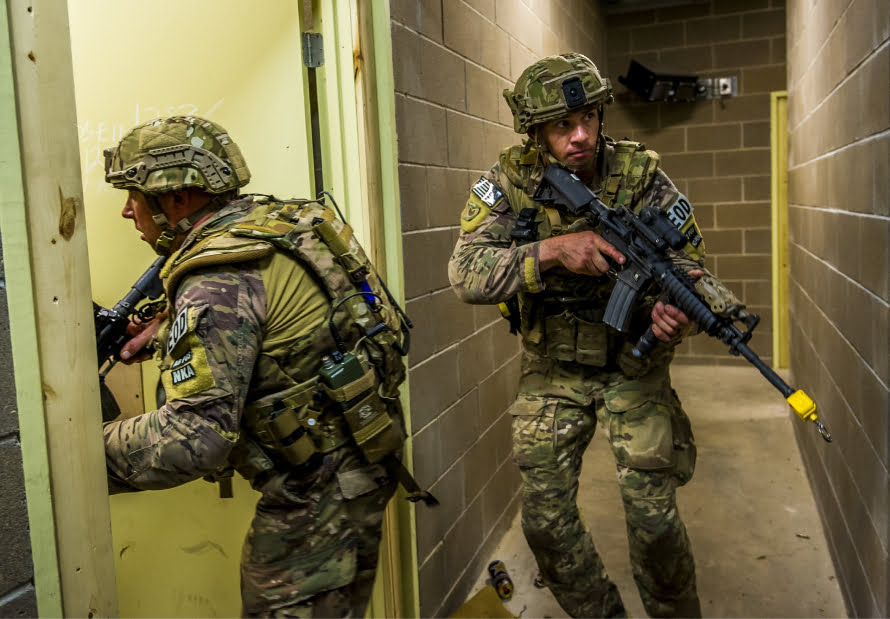
Faqs About
3m Earplug Litigation
Veterans by the hundreds are suing 3M Company after developing hearing loss and tinnitus while using defective 3M combat earplugs. When it comes to most large product liability lawsuits, it is enshrouded in so many questions and confusion. Here are some of the most frequently asked questions concerning 3M’s
earplug litigation:
What Earplugs Are Covered by the 3M Lawsuits?
The lawsuits currently deal strictly with the 3M Dual-Ended Combat Arms Earplugs (CAEv2). These earplugs were originally developed by Aearo Technologies and subsequently manufactured by 3M Company after its acquisition of Aearo Technologies in April 2008.
The 3M earplugs consist of two inverted cones, one black and one yellow, connected by a short stem and are known as “selective attenuation earplugs.” The general idea was for troops to use the open end to hear commands, orders and speech, while still being protected from louder sounds such as gunfire and explosions.
What is the Problem with the 3M Earplugs?
Based on court documents, the stem that links the two ends of the 3M Dual-Ended Combat Arms Earplugs is too short that and prevents the earplugs from correctly sitting in the ear. As a result, loud noises can slip through the earplugs, and cause hearing damage. Moreover, the 3M earplugs can “loosen in the wearer’s ear, imperceptibly to the wearer, thereby permitting damaging sounds to enter the ear canal by traveling around the outside of the earplug.”
The U.S. Justice Department further alleges that both 3M and Aearo Technologies knew about the defect as early as 2000, but chose to manipulate test results to make it seem as if the devices met government standards.
How Do I Know If I Used Defective Military Earplugs?
U.S. military members deployed in these combat zones from 2003 to 2015 were issued the defective earplugs:
- Afghanistan
- Iraq
- Pakistan
- Somalia
- Libya
- The Indian Ocean
Soldiers also used these earplugs at various times while training. Therefore, service members who may not have been deployed in these combat zones may have been exposed to damaging sounds.
What Are Symptoms of Military-Related Hearing Damage?
The most common disability among veterans is loss of hearing. Frequent exposure to damaging levels of sound such as: gunfire, loud machinery, aircraft noise, and explosions, make service members more vulnerable to hearing loss and tinnitus than the average adult. According to the Department of Defense, here are the most common symptoms of combat-related hearing problems include:
- Buzzing or ringing in the ears
- Difficulty understanding what people are saying
- Difficulty hearing someone talking three feet away
- A feeling of “fullness” in the ears after leaving a noisy area
However, hearing loss is complicated and symptoms vary based on the frequency and intensity of the noise. Other symptoms of hearing loss include:
- Muffled speech and other sounds
- Trouble hearing consonants
- Difficulty understanding words, particularly against background noise
- Withdrawal from conversations
- Frequently asking others to speak more slowly, clearly, or loudly
- Needing to turn up the volume of the television or radio
- Difficulty concentrating
- Difficulty sleeping
What Kinds of Damages Can I Seek?
You can seek for compensation beyond your physical injury, as damages may influence other facets of everyday life. The most common damages sought in 3M earplug claims are:
- Injury
- Pain and suffering
- Medical expenses
- Loss of consortium
- Lost wages
- Loss of earning ability
What Should I Do If I Suffered Hearing Loss While Using 3M Military Earplugs?
If you used 3M Dual-Ended Combat Arms Earplugs while serving in the military and now suffer from hearing loss or tinnitus, contact your lawyer to know your options for filing a 3M earplugs claim.
- 3m Combat Earplugs
- Facts About 3m Earplugs
- Why Hundreds of Veterans Are Suing 3m
- Defective 3m Plugs

